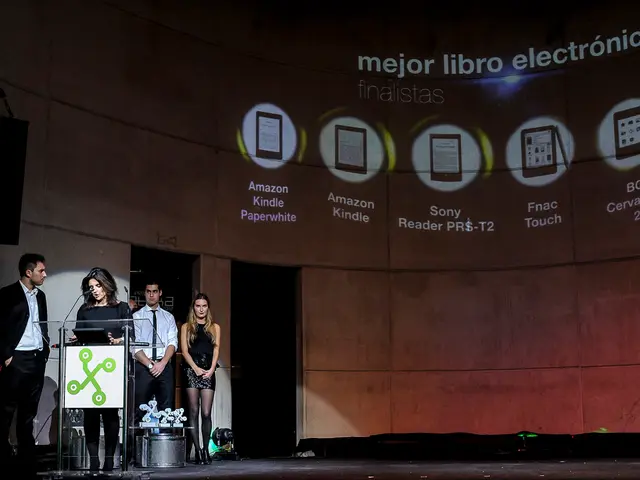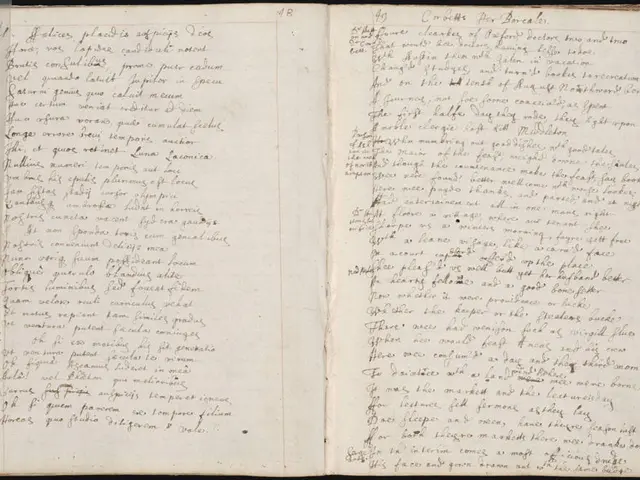Audio Evidence of Black Hole's Recoil During Merger Obtained - Give It a Listen Here
In April 2019, a monumental event named GW190412 took place, approximately 2.4 billion light-years away. This event, one of the few phenomena in astrophysics where researchers are reconstructing the full 3D motion of an object billions of light-years away using gravitational waves, was investigated by the LIGO-Virgo-KAGRA (LVK) collaboration.
The collision involved an eight-time solar-mass black hole and another black hole 30 times the mass of our Sun. The asymmetry of the system produced two measurable harmonics with frequencies that are a 1.5 factor apart, reminiscent of a perfect fifth on a piano. If the main frequency of the waves was a C on a piano, the overtone would be the next higher G, similar to the opening two notes of Elvis Presley singing 'Can't Help Falling In Love.'
The second black hole was 3.6 times heavier than the first, and the collision produced a massive recoil, causing the newly formed black hole to no longer be bound by the gravity of the globular cluster where it was born. The resulting black hole was moving at approximately 50 kilometers (31 miles) per second.
Professor Juan Calderon-Bustillo, the lead author of the study published in the journal Nature Astronomy, used a music analogy to describe the event, stating that black-hole mergers can be understood as a superposition of different signals, like an orchestra playing different instruments.
The observation of high-order modes allowed researchers to learn much more detailed information about the event GW190412. They developed a new method to study gravitational waves ahead of the discovery of high-order modes, which they were able to observe in this event. Co-author Dr Koustav Chandra, a postdoctoral researcher at Penn State, stated that this is a remarkable demonstration of what gravitational waves can do.
The way we study and understand gravitational waves has significantly changed in the 10 years since the first detection. Many more changes are expected in the future regarding the study and understanding of gravitational waves. The chirp of the gravitational wave event GW190412 has been recreated by computers in frequencies audible to humans, although it is not as good as Elvis's music. This discovery underscores the potential for continuing breakthroughs in the field of astrophysics.
Read also:
- EPA Administrator Zeldin travels to Iowa, reveals fresh EPA DEF guidelines, attends State Fair, commemorates One Big Beautiful Bill
- "Divine Protections Failed: Father Battling for Life After Flesh-Eating Bacteria Infection"
- Innovative Company ILiAD Technologies Introduces ILiAD+: Boosting Direct Lithium Extraction Technology's Efficiency Substantially
- Nuclear Ambitions at a U.S. Airport Spark Controversy, With Opposition Swelling








